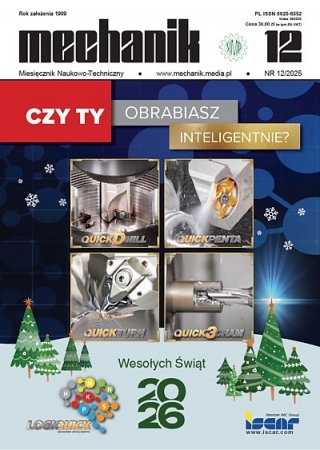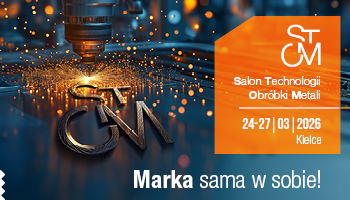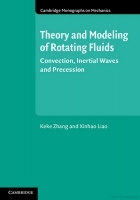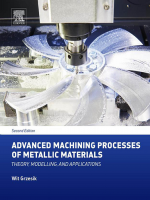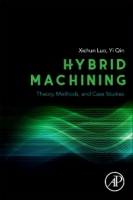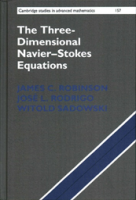Effect of cutting parameters on geometrical surface structure of SLM manufactured CoCr alloy after face turning *
Wpływ parametrów skrawania przy toczeniu czołowym na strukturę geometryczną powierzchni stopu CoCr otrzymanego metodą SLM
Author: Marta B. Krawczyk, Marcin A. Królikowski, Krzysztof Filipowicz, Daniel Grochała
Mechanik nr 12/2019 - Obróbka skrawaniem
ABSTRACT: Research on effect of machining parameters on geometrical surface structure of SLM manufactured CoCr alloy shafts after face turning is presented in the paper. Machining parameters were selected in order to obtain continuous variation of cutting speed at fixed feed ratio for given cutting depth. In consequent steps feed ratio was changed at fixed, unchanged cutting depth. As a criteria of optimal machining parameters, selected surface geometry parameters were measured. Experimental research was carried out by turning with typical tool and commercial cutting inserts
KEYWORDS: geometrical surface structure, chrome–cobalt alloy, SLM, face turning
STRESZCZENIE: Przedstawiono badania wpływu parametrów technologicznych skrawania na strukturę geometryczną powierzchni po toczeniu czołowym wałów ze stopu kobaltowo-chromowego (CoCr), wytwarzanych metodą przyrostową – selektywnym stapianiem wiązką lasera (SLM). Parametry toczenia dobrano tak, aby uzyskać ciągłą zmienność prędkości skrawania przy stałym posuwie dla ustalonej grubości warstwy skrawanej. Na kolejnych etapach zmieniano posuw, ale pozostawiono stałą grubość warstwy skrawanej. Wybrane parametry struktury geometrycznej powierzchni posłużyły za kryteria do ustalenia optymalnych warunków skrawania dla wykonanych stopów. W badaniach stosowano handlowe płytki skrawające z powłoką PVD (Ti, Al)N2.
SŁOWA KLUCZOWE: SGP, stop kobaltowo-chromowy, SLM, toczenie czołowe
BIBLIOGRAFIA / BIBLIOGRAPHY:
[1] Karpuschewski B., Pieper H.J., Krause M., Döring J. “CoCr Is Not the Same: CoCr-blanks for dental machining”. Future Trends in Production Engineering. Springer, Berlin, Heidelberg (2013): 261–274, https://doi.org/10.1007/978-3-642-24491-9_26.
[2] Królikowski M., Krawczyk M. „Obróbka skrawaniem oraz techniki przyrostowe jako integralne etapy procesu wytwarzania hybrydowego z metali w Przemyśle 4.0”. Mechanik. 8–9 (2018): 769–771, https://doi.org/10.17814/mechanik.2018.8-9.129.
[3] Ahearne E., Baron S. “Fundamental mechanisms in orthogonal cutting of medical grade cobalt chromium alloy (ASTM F75)”. CIRP – Journal of Manufacturing Science and Technology. 19 (2017): 1–6, https://doi.org/10.1016/j.cirpj.2017.02.001.
[4] Pasang T., Lees S., Takahashi M., Fujita T., Conor P., Tanaka K., Kamiya O. “Machining of dental Alloys: Evaluating the surface finish of laterally milled Co-Cr-Mo Alloy”. Procedia Manufacturing. 13 (2017): 5–12, https://doi.org/10.1016/j.promfg.2017.09.002.
[5] Shokrani A., Dhokiaa V., Newman S.T. “Cryogenic high speed machining of cobalt chromium alloy”. Procedia CIRP. 46 (2016): 404–407, https://doi.org/10.1016/j.procir.2016.04.045.
[6] Axinte D., Guo Y., Liao Z., Shih A. J., M’Saoubi R., Sugita N. “Machining of biocompatible materials – Recent advances”. CIRP Annals – Manufacturing Technology. Available online: 6 June 2019. In press: https://doi.org/10.1016/j.cirp.2019.05.003.
[7] Aykut Ş., Bagci E., Kentli A., Yazıcıog ̆lu O. “Experimental observation of tool wear, cutting forces and chip morphology in face milling of cobalt based super-alloy with physical vapour deposition coated and uncoated tool”. Materials & Design. 28, 6 (2007): 1880–1888, https://doi.org/10.1016/j.matdes.2006.04.014.
[8] Zeng S., Blunt L. ”Experimental investigation and analytical modelling of the effects of process parameters on material removal rate for bonnet polishing of cobalt chrome alloy”. Precision Engineering. 38, 2 (2014): 348–355, https://doi.org/10.1016/j.precisioneng. 2013.11.005.
[9] Zaman H.A., Sharif S., Kim D-W., Idris M.H., Suhaimi M.A., Tumurkhuyag Z. “Machinability of Cobalt-based and Cobalt Chromium Molybdenum Alloys – A Review”. Procedia Manufacturing. 11 (2017): 563–570, https://doi.org/10.1016/j.promfg.2017.07.150.
[10] PN-EN ISO 25178-2:2012. Specyfikacje geometrii wyrobów (GPS). Struktura geometryczna powierzchni: Przestrzenna – Część 2. Terminy, definicje i parametry struktury geometrycznej powierzchni.
[11] PN-EN ISO 4287:1999/A1:2010 Specyfikacje geometrii wyrobów – Struktura geometryczna powierzchni: metoda profilowa – Terminy, definicje i parametry struktury geometrycznej powierzchni.
[12] Bruschi S., Ghiotti A., Bordin A. “Effect of the process parameters on the machinability characteristics of a CoCrMo Alloy”. Key Eng. Mater. 554–557 (2013): 1976–1983, https://doi.org/10.4028/www.scientific.net/KEM.554-557.1976.
[13] Shao H., Li L., Liu L.J., Zhang S.Z. “Study on machinability of a stellite alloy with uncoated and coated carbide tools in turning”. J. Manuf. Process. 15, 4 (2013): 673–681, https://doi.org/10.1016/j.jmapro.2013.10.001.
DOI: https://doi.org/10.17814/mechanik.2019.12.114
* Artykuł recenzowany



